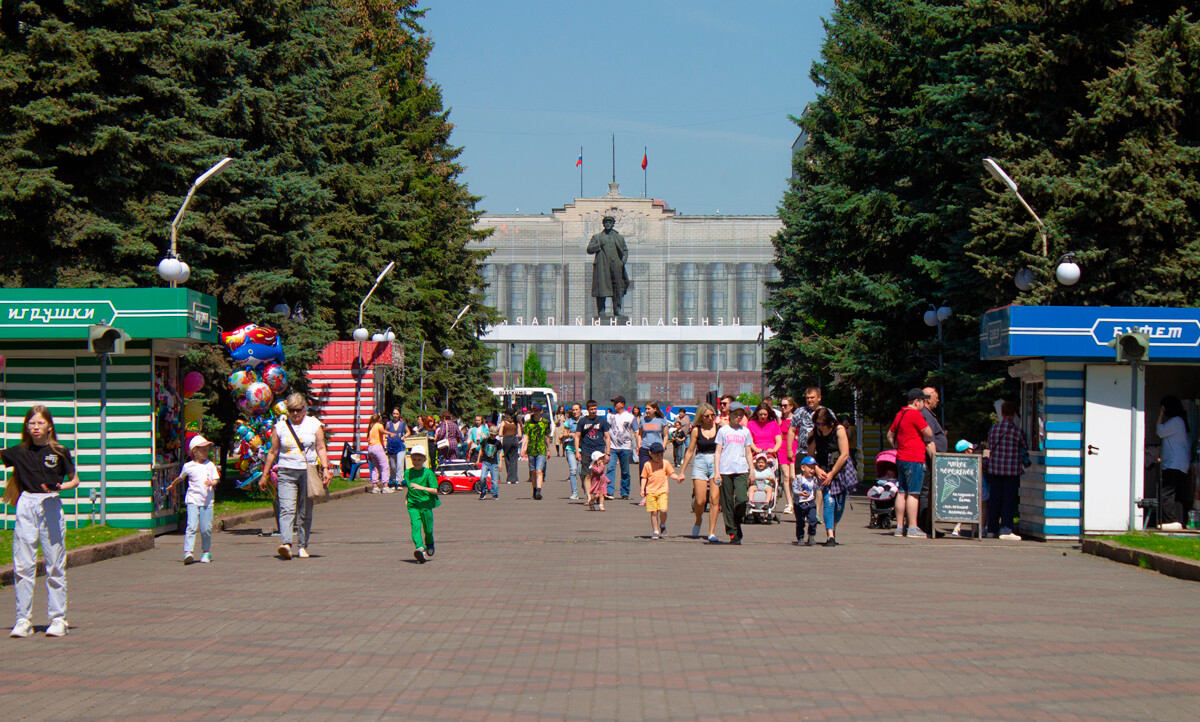
Why do so many Russian cities have ‘Gorky Parks’?


The most famous Gorky Park is, of course, the one in Moscow. At the beginning of the 20th century, there were vegetable gardens and landfills where all kinds of rubbish were taken. In 1922, the Bolsheviks held the All-Russian Agricultural Exhibition there and, in 1928, they decided to build the first Soviet park of culture and recreation in its place.
 Gorky Park in 1930s.
Gorky Park in 1930s.
It was also planned to conduct educational work among workers in the park. Konstantin Melnikov and then El Lissitsky, architects known for their avant-garde works, were involved in the construction.
 An ice rink in Gorky Park, 1930s.
An ice rink in Gorky Park, 1930s.
And imagine: on the first day, more than 100,000 visitors came. Walking alleys were decorated with sculptures; there were modern amusement rides, physical education and dance grounds, as well as a space for reading.
 Park in Krasnoyarsk.
Park in Krasnoyarsk.
In 1932, it was named after Maxim Gorky, the main Soviet writer at the time, in honor of the 40th anniversary of his creative activity. The writer would often visit the park and hold meetings there, although he was critical of the cult around his name.

The park, meanwhile, turned out to be exemplary; so much so, that other Soviet cities decided to follow this model. The layout of such parks is more or less similar: They are monumental central gates, alleys, areas for creativity, with cafes, Ferris wheels and other forms of entertainment.

Have you been to a Gorky Park other than the one in Moscow?












